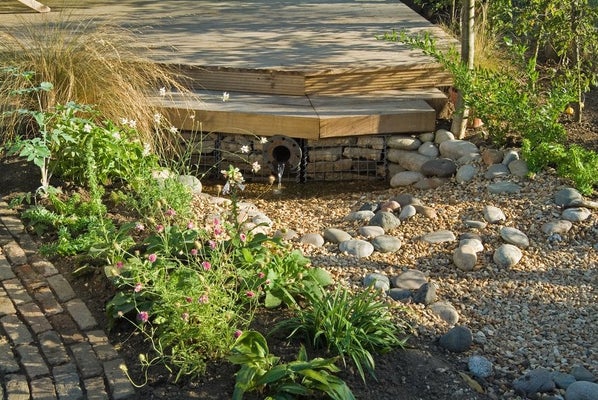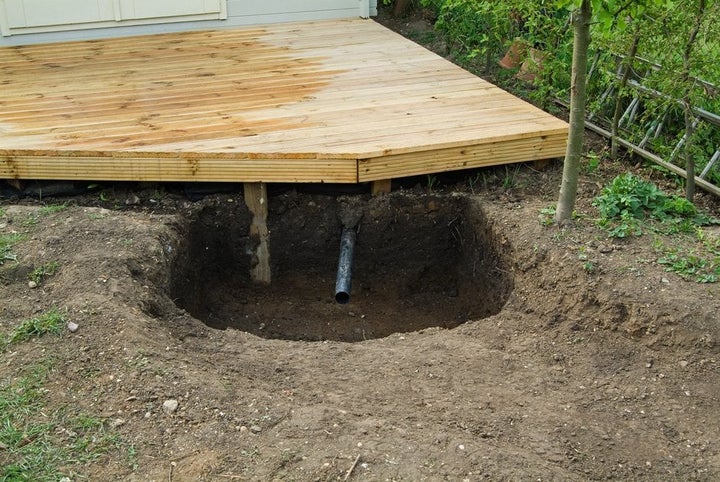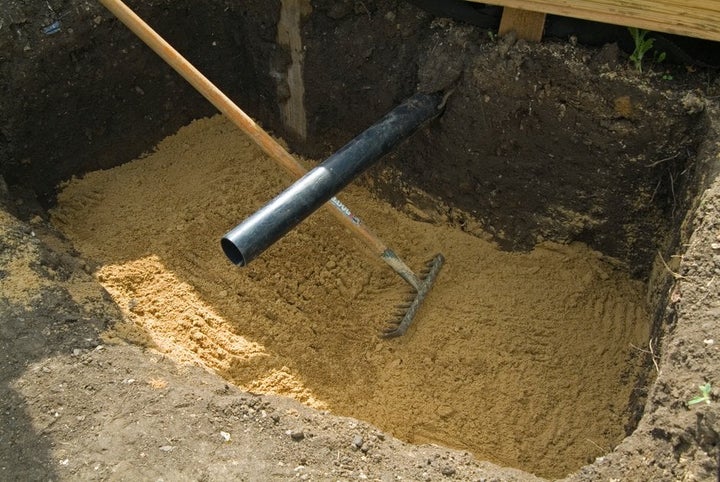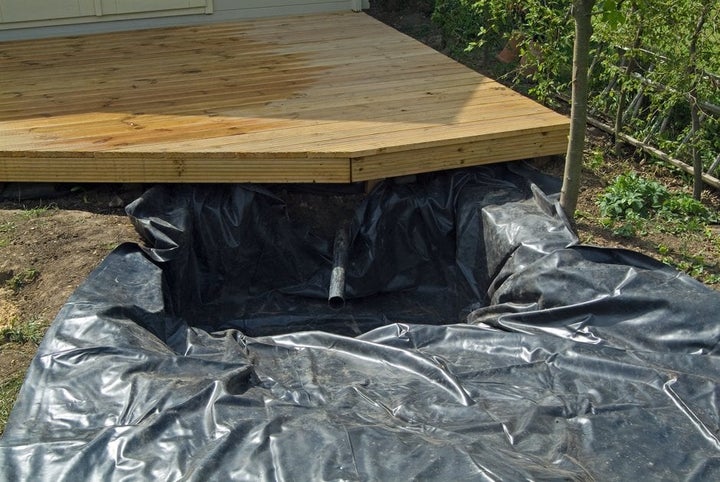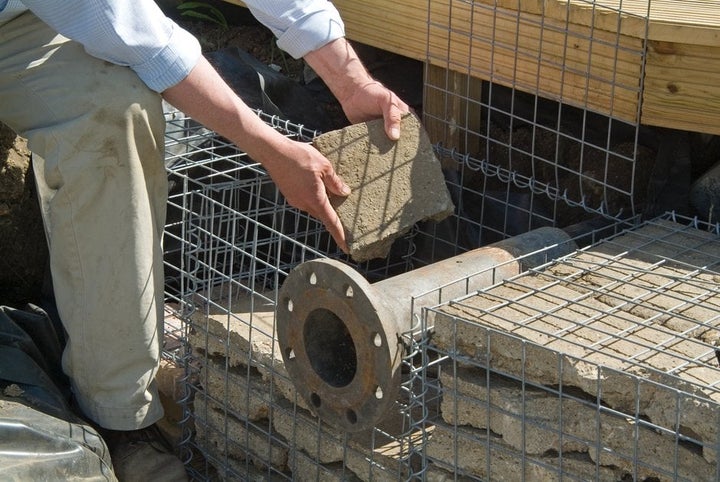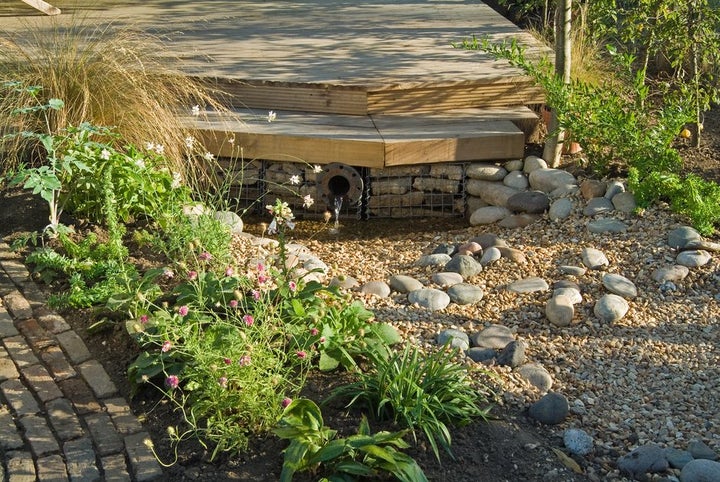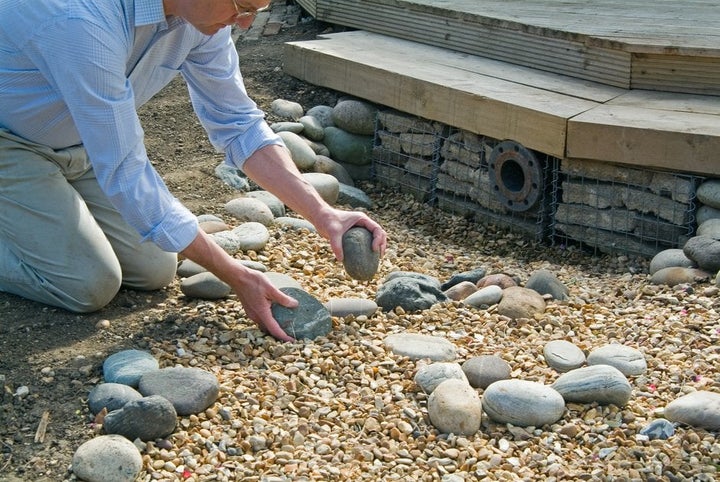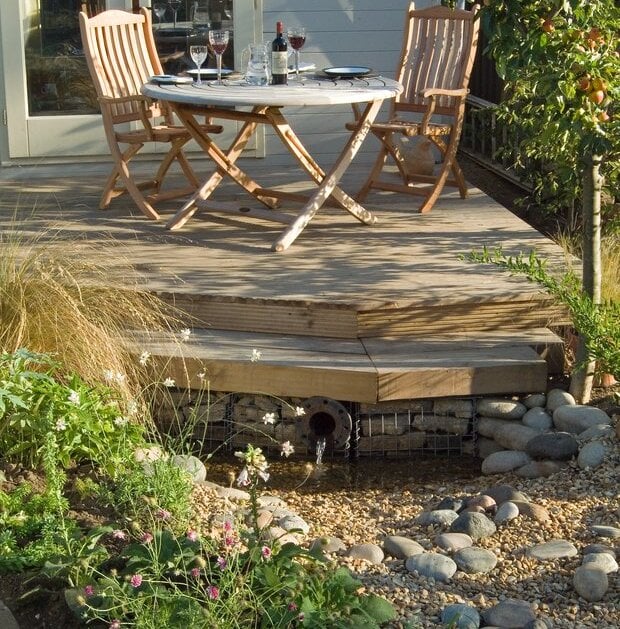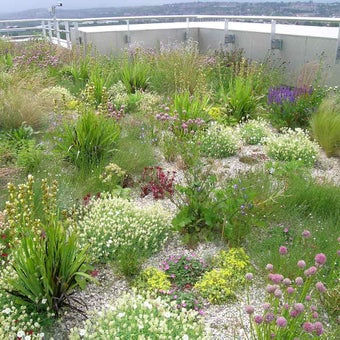How to make a wildlife container pond
Think you don’t have space for a pond? We have the perfect solution – a pond in a pot. Re-purpose an old sink, large tub or similar, then follow our step-by-step guide to transform it into a mini wildlife-friendly pond.
